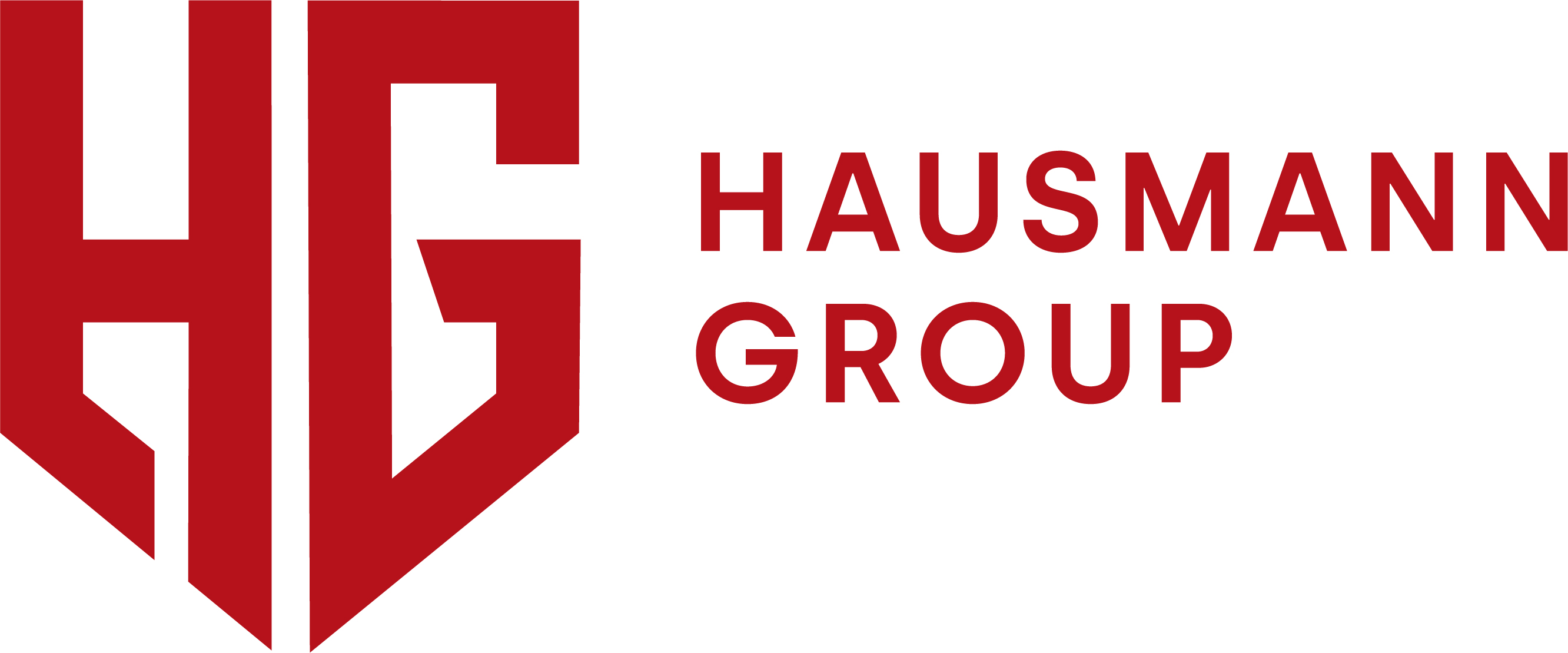Navigating Career Growth Conversations
By Amanda Magnus, Manager of People Operations
 In today’s work environment, career growth is a hot topic. Career growth is often discussed as early as the interview process, as candidates will likely want to know what their future may look like at your company and what opportunities they may have. With such an emphasis on career growth, it’s not always easy to know when and how to initiate those career development conversations. One tool that can be useful for navigating this topic is an IDP.
In today’s work environment, career growth is a hot topic. Career growth is often discussed as early as the interview process, as candidates will likely want to know what their future may look like at your company and what opportunities they may have. With such an emphasis on career growth, it’s not always easy to know when and how to initiate those career development conversations. One tool that can be useful for navigating this topic is an IDP.
An ID…what?!
An Individual Development Plan or IDP can be a game changer when it comes to having career growth conversations with employees. Think of it as a roadmap to help outline an individual’s career growth goals. It also gives Leaders a tool to meaningfully guide employees to the next step in their career. The IDP can be used to outline goals, strategies for achieving those goals, and timeline. It is also a great way to provide accountability.
A few key things that SHRM suggests should be included in an IDP are:
- Career goals and objectives – Identify short- and long-term goals and estimated completion dates.
- Development objectives – Tie the employee’s goals to the organization’s goals.
- Training and development interventions – Activities the employee will complete to gain knowledge and skills.
- Outcomes – How will success be measured?
When should Leaders have career growth conversations with employees?
There’s no time like the present! It’s important to be aware of your employee’s career aspirations and where they see themselves. If you are talking regularly with employees about their career development, you can work together to help them achieve their goals. Having these career growth and development conversations during regular 1:1s and at annual review times is a good start. During these conversations it is also a great time to talk about realistic timelines of achieving those goals. Make sure that the employee doesn’t have an unrealistic idea of how quickly they can advance their career.
How should Leaders prepare for these conversations?
As a leader it’s important to provide honest and regular feedback to your employees on their performance as well as expectations you have set. Be clear in what you are observing and what steps can be taken for the employee to achieve their career growth goals. The IDP can help ensure that employees goals align with their capabilities. It’s so important to be clear and honest with employees so that they don’t have an unrealistic idea of where their skills can take them.
Being knowledgeable about company goals and then educating employees on company goals is another important step. This should be a collaborative process. Work with the employee to build out an IDP. Whenever possible, tie the goals from the IDP to company goals.
Finally, accountability is key! Once you’ve had the conversations and built out a plan it is important to regularly check in with your employee on how they are doing with their short- and long-term goals.
Career growth and development is an ongoing process. It’s also an important piece when it comes to retaining employees and growing as a company. It’s not a one size fits all approach and should be seen as an opportunity to be proactive with developing your employees and helping to achieve their career goals. In my opinion there isn’t a wrong time to start having these conversations. If you’re thinking about their career growth, they are likely already thinking about what the next step is for them as well!
